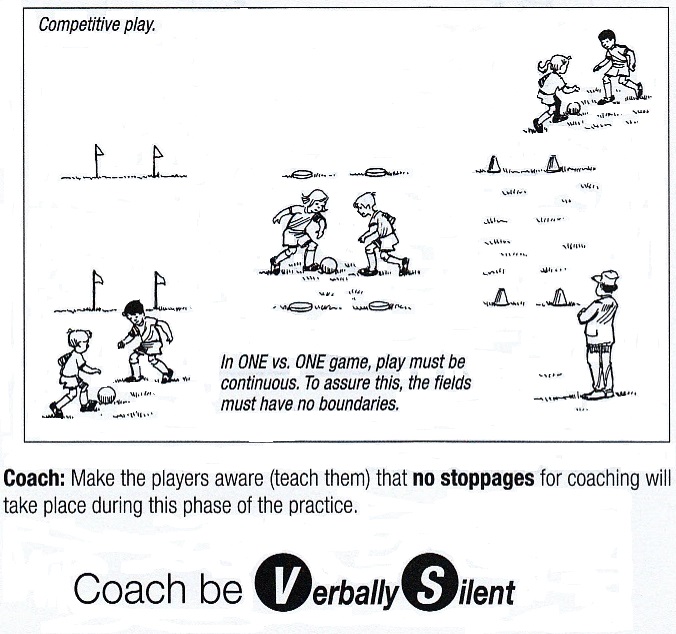We provide insights and strategies that will not only enhance your coaching abilities but also empower your players to reach their full potential. Join us as we explore the importance of fostering a supportive environment and share tips to help you and your players thrive. Dive into the Empower Yourself and Your Players: Farpost Goals Blog and discover how to make a lasting impact on your team!
Some Facts:
- No matter what age or skill level – we are teaching children to play a game!
- Children come in all sizes, shapes, athletic, mental and emotional abilities.
- Children love to be active; action is one of the main attractions to soccer.
- Children develop at different rates physically, mentally and emotionally.
- Every child should be treated equally and with respect.
- Expect simple good manners from all children.
- Soccer is fast, fun and physically demanding.
- Let the children enjoy the game.
- The game will be the teacher!
Your players need you to:
- Look for aspects to praise.
- Be helpful, encouraging and supportive.
- Give them examples of excellent behavior.
- Emphasize players first and winning second.
- Give them a clear idea of the behavior expected.
- Praise good behavior quickly and show that adults value it
Remember:
- This will be their only childhood.
- Children are easily led and anxious to please.
- Children do not mean to make mistakes.
- Making mistakes is a necessary part of Teaching!
Final Notes: Thank you for taking the time to read this article and Sharing with your soccer community. Please send your thoughts and ‘words-of-wisdom’ on this subject to me at: koachkarl@fundamentalsoccer.com Thank You..!
Your FUNdamental,
Koach Karl (Karl Dewazien)
- Emeritus Director of Coaching – California Youth Soccer Assoc. 1979-2012
- Author – Internationally Published FUNdamental SOCCER Books Series
- Producer – highly acclaimed ‘FUNdamental SOCCER -Practice’ DVD.
- Clinician at: www.fundamentalsoccer.com
Ordering Portable Soccer Goals for Practice
To start training like a pro, using proper soccer goals for practice is important. A good place to get your soccer goals from is Farpost Soccer Goals Ltd. Farpost Goals builds very high quality portable soccer goals that are used by clubs across North America. They are built for competitions and everyday training, making them a great asset for coaches. Visit Farpost’s online store to order yours.
If you have any questions or require any assistance in picking a soccer net for your coaching practice, please don’t hesitate to contact Farpost Goals.


